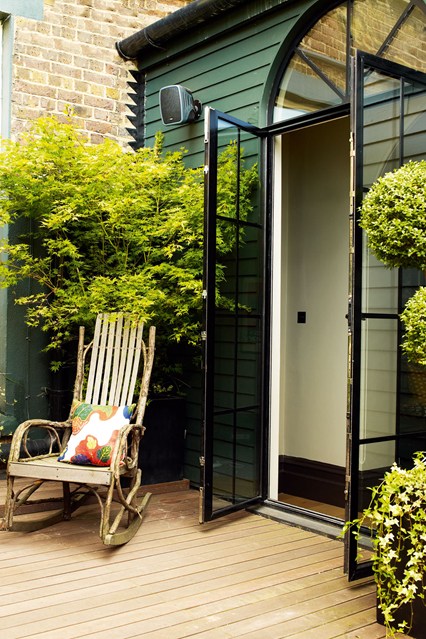For most people, spending time outdoors in well-designed public spaces is one of the
highlights to city life. Why, then, do we spend comparatively little time and money
on designing them? In this article, originally posted on Metropolis magazine as
"Designing Outdoor Public Spaces is Vital to the Future of our Cities" Kirt Martin,
the vice-president of design and marketing at outdoor furniture designer Landscape
Forms, makes the case that landscape architects and industrial designers working in
the public realm are key for our cities' health and happiness.
All of us treasure our time in outdoor spaces. So why do we devote so little of our
attention to their design?
As a designer in the site-furniture industry, I am always curious about the value
people place on the outdoors. I like to ask people I meet to describe a great city
like New York, Chicago, or Paris and what they most remember about being there. Or I
ask them, if they won $25,000 to spend on a dream vacation, where they would go and
what they would do. Their fond memories of a celebrated city or an escape into the
wild often have little in common, except for one thing: Their most memorable and
meaningful experiences almost always revolve around the outdoors.
source:http://www.archdaily.com/771035/why-landscape-designers-will-be-key-to-the-future-of-our-cities
B131 Sector 2
Noida
www.horizon-concept.com
info@horizon-concept.com








